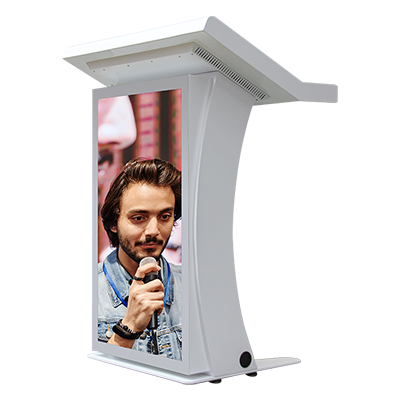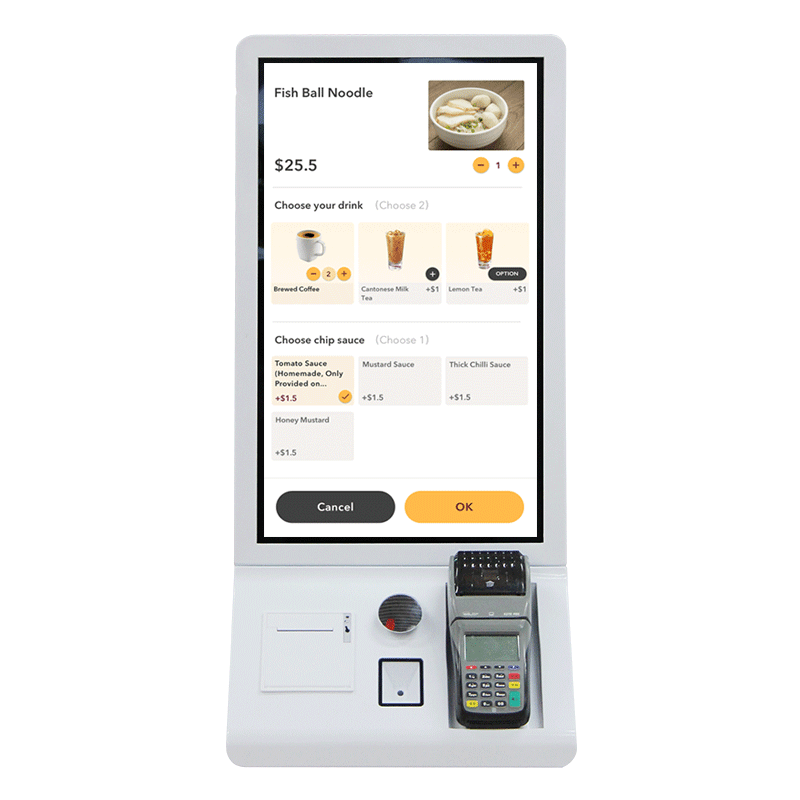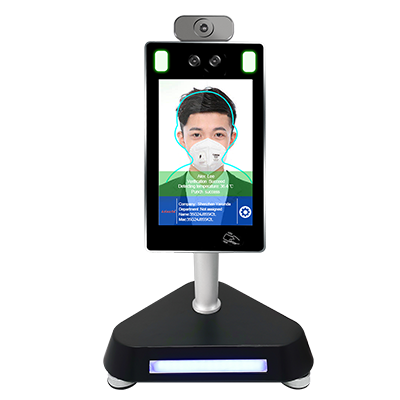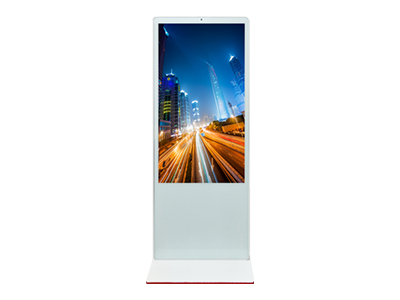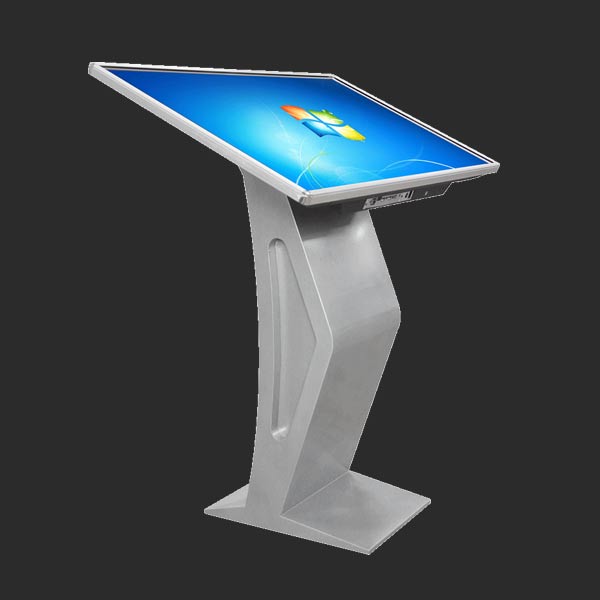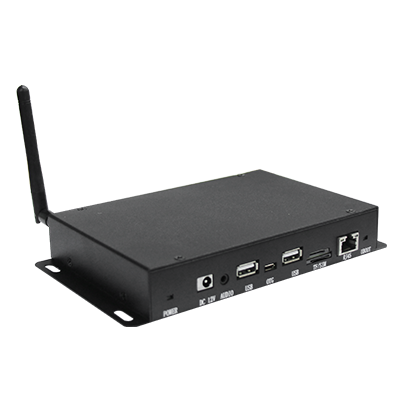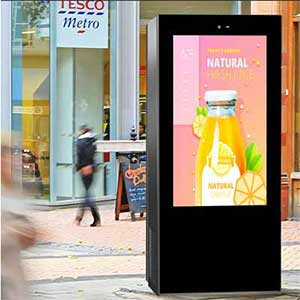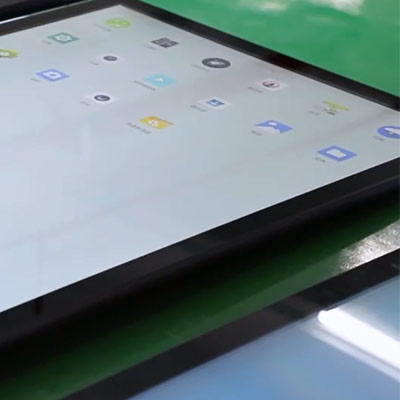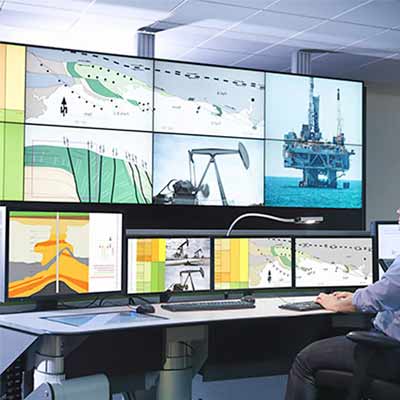Airport signage and display trends
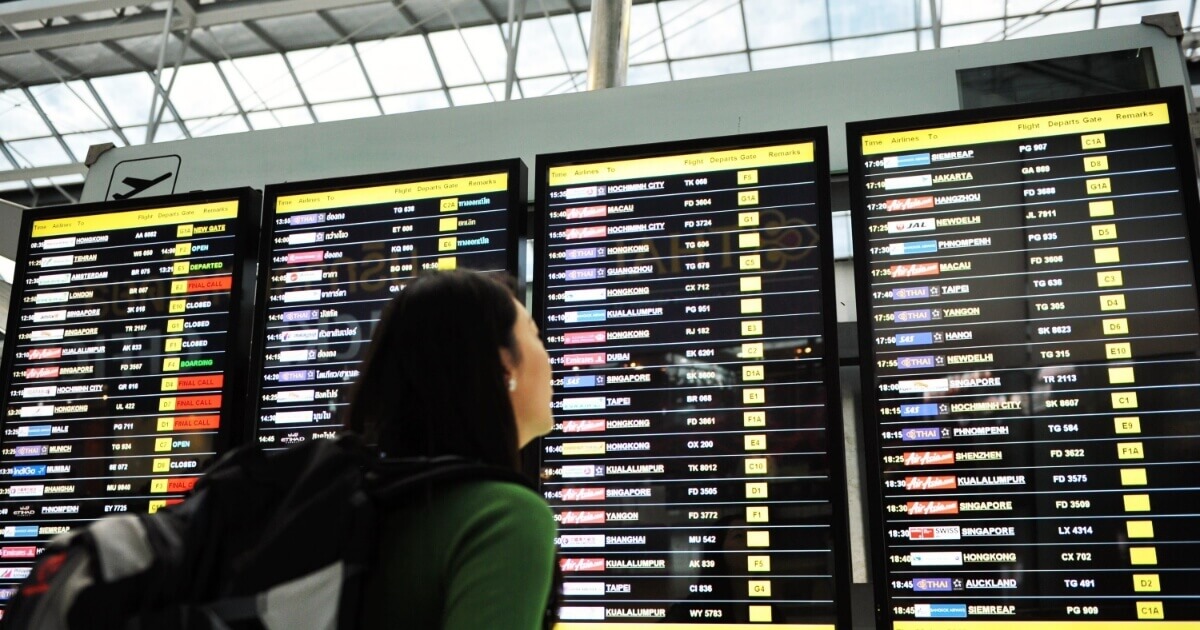
1. Overview
As technology rapidly develops and traveler needs continue to change, trends in airport signage and displays are constantly evolving. These changes not only reflect technological developments, but also reflect the airport’s focus on passenger experience and convenience. This article will explore current trends in airport signage and displays and analyze the causes and impacts behind them.
2. Trends in airport signage
Dynamic and interactive signage
Many airports are now using dynamic and interactive signage that displays real-time flight information, gate changes and other travel information. In addition, passengers can interact with these signs through touch screens and other methods to obtain more personalized information. The emergence of this trend is mainly due to the increasing demand of passengers for information acquisition, hoping to obtain more convenient and real-time information at the airport.
smart signage
Smart signage is another new trend. They use artificial intelligence and big data technology to analyze travelers' behaviors and preferences, and then provide more personalized services to travelers based on this information. For example, smart signage can recommend the best boarding gate or rest area based on passengers’ flight information and preferences. The emergence of this kind of smart signage is mainly due to the development of artificial intelligence and big data technology, as well as the airport's need to improve passenger experience.
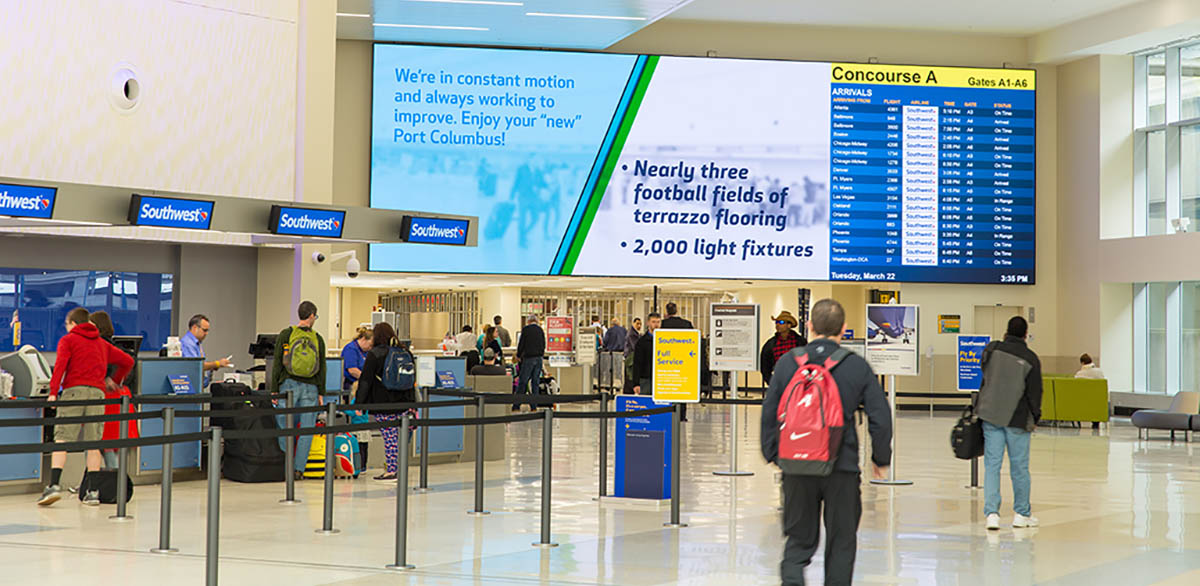
3. Trends in airport display screens
HD and UHD displays
Now, more and more airports are beginning to use high-definition and ultra-high-definition displays to display flight information, advertisements, etc. These displays feature higher resolution and wider viewing angles, allowing passengers to see information more clearly. In addition, HD and UHD displays can support more video and image formats, giving airports more flexibility in displaying various types of information. This trend has emerged primarily due to advances in technology and travelers’ demand for information clarity.
Visual data screen
Visual data screens are another new trend that can present complex data to passengers in a more intuitive way. For example, visual data screens can display real-time flight delays, gate change information and other travel-related data. The emergence of such screens is mainly due to the development of data visualization technology and the airport's need to improve the presentation of information.
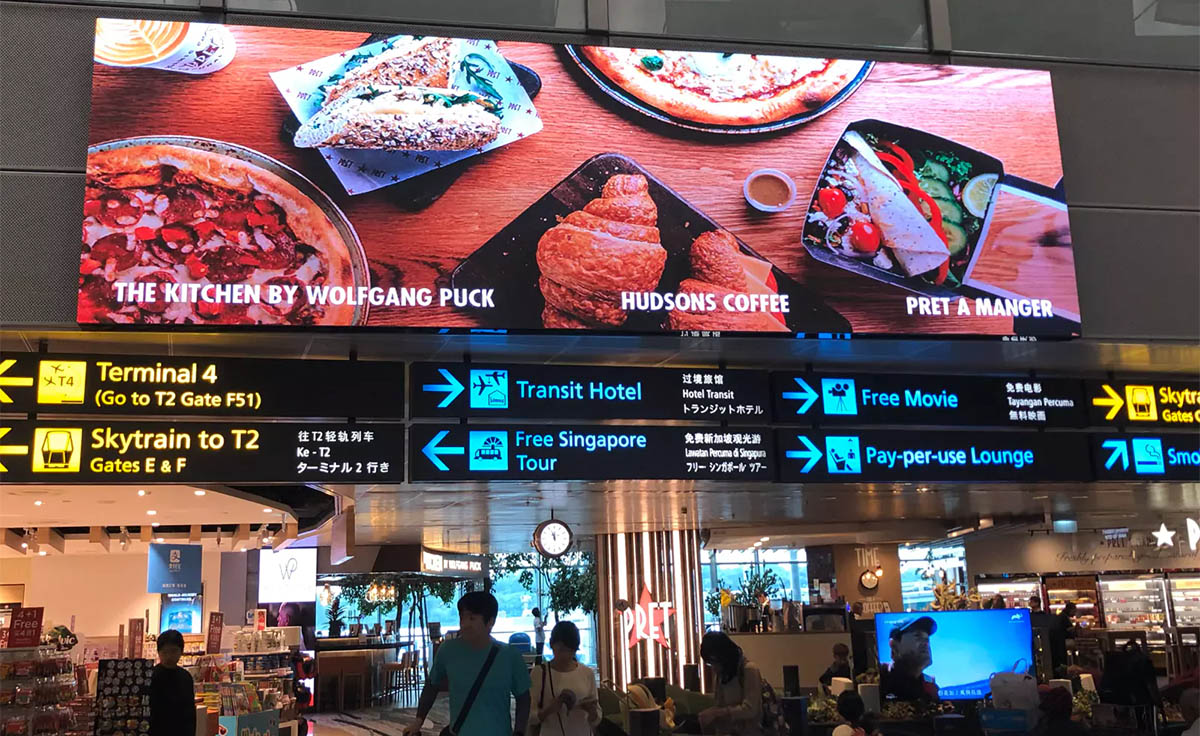
4. Diversified content of airport display screens
Augmented Reality (AR) and Virtual Reality (VR)
In the future, airport displays may combine augmented reality and virtual reality technologies to provide passengers with a more immersive experience. For example, through AR technology, passengers can see virtual flight information, boarding gate instructions, etc. through their mobile phones or smart glasses. Not only will this improve the passenger experience, it will also reduce airport maintenance costs in terms of physical signage and signage.
social media interaction
Airport displays may increase interaction with social media, allowing passengers to share their travel experiences, check flight status, etc. directly on the screen. This interaction can enhance passengers’ connection with the airport and increase passenger satisfaction and loyalty.
Multi-language support
Taking into account the trend of globalization, airport displays may add support for multiple languages. In addition to providing information in English, the airport will provide translation and interpretation services for travelers in other languages. This helps improve satisfaction and convenience for all travelers.
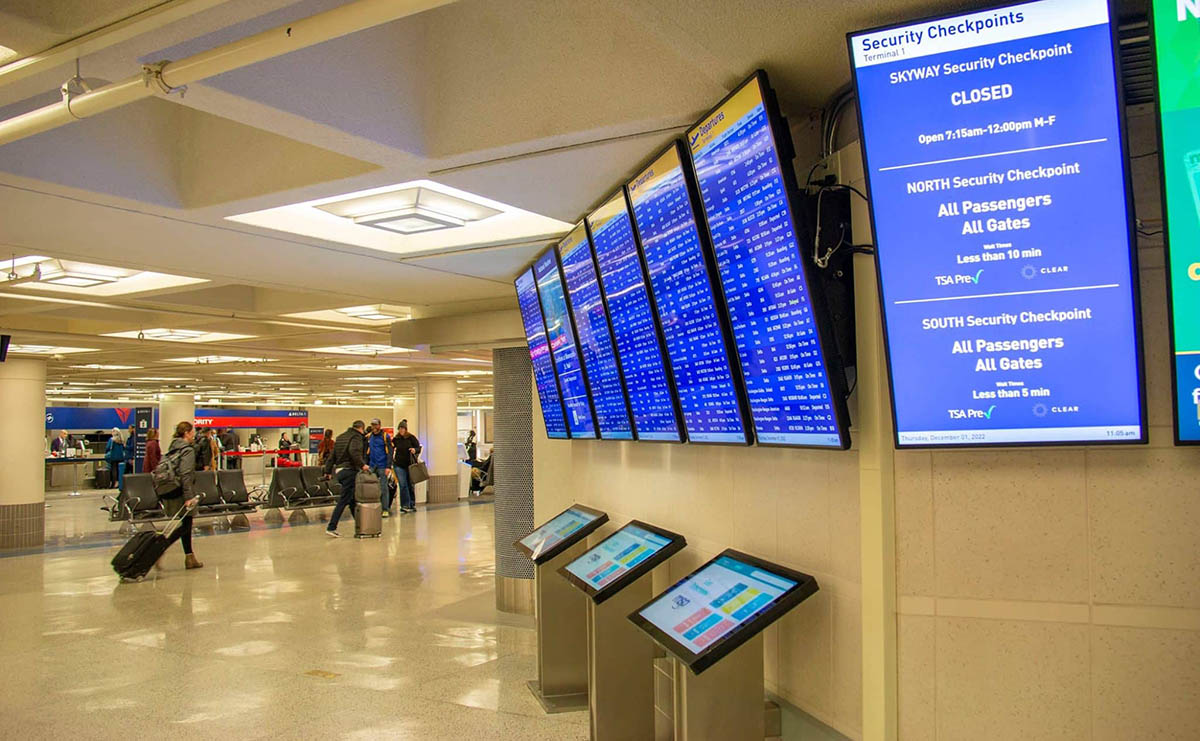
5. Impact of Airport Display Trends
These new airport display trends not only increase passenger convenience and satisfaction, but also have a positive impact on airport operations. First, by using advanced display technology and interactive methods, airports can provide more accurate and real-time information, thereby reducing confusion and inconvenience caused by unclear or misleading information. Second, these trends help make airport operations more efficient. By leveraging AR and VR technology, airports can reduce the number and maintenance costs of physical signs and signage; by interacting with social media, airports can better understand passenger needs and feedback, thereby improving services and providing a better experience. Finally, multilingual support enables airports to better adapt to globalization and increase their attractiveness among international travelers.
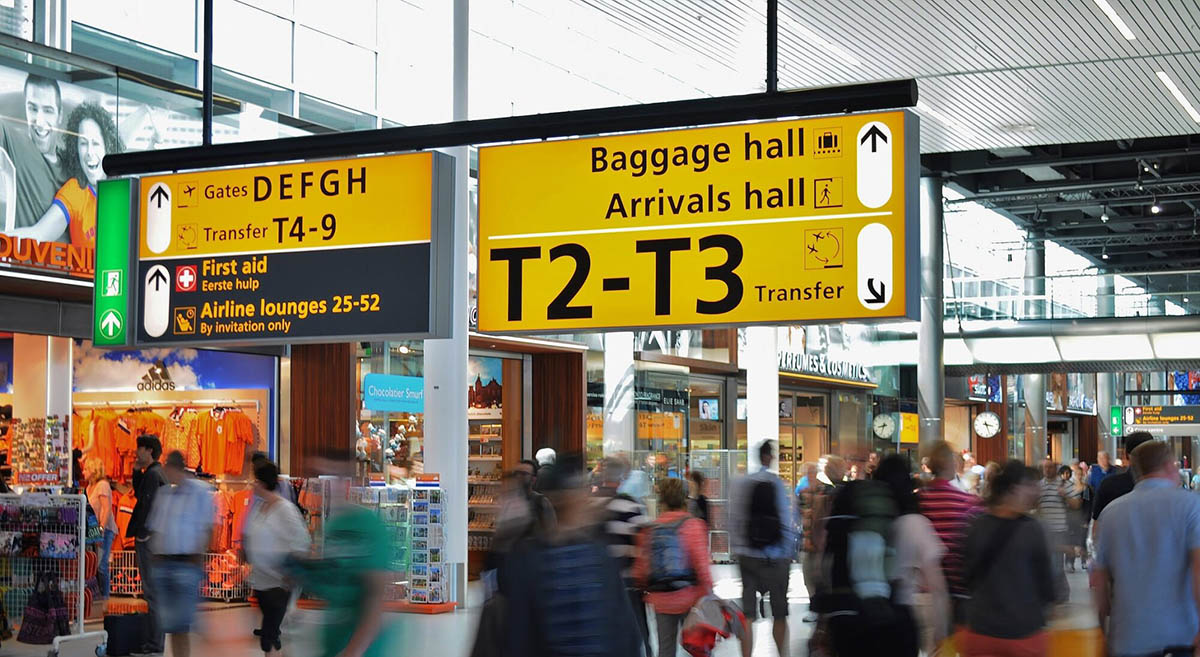
6. Impact on passengers
These new trends have a positive impact on travelers. First, the emergence of dynamic, interactive signage and smart signage has improved the efficiency of passengers in obtaining information. Passengers can easily obtain real-time flight information, boarding gate change information, etc. through touch screens or other interactive methods. Secondly, high-definition and ultra-high-definition displays and visual data screens provide passengers with clearer and more intuitive information presentation. This not only enables passengers to more accurately understand key information such as flight status and gate location, but also helps reduce confusion and inconvenience caused by unclear or misleading information.
7. Conclusion
Trends in airport signage and displays reflect technological advances and changes in traveler needs. From dynamic and interactive signage to smart signage, to high-definition and ultra-high-definition displays and visual data screens, these new trends not only improve the efficiency of airport operations, but also provide passengers with better information services and travel experience. However, as technology continues to evolve, trends in airport signage and displays will continue to evolve. In the future, more intelligent and personalized service models may emerge to meet the growing needs of passengers and improve airport operation efficiency. Therefore, airport managers need to pay close attention to these changes in order to promptly adopt the latest technologies and methods to improve the service quality and operational efficiency of the airport.

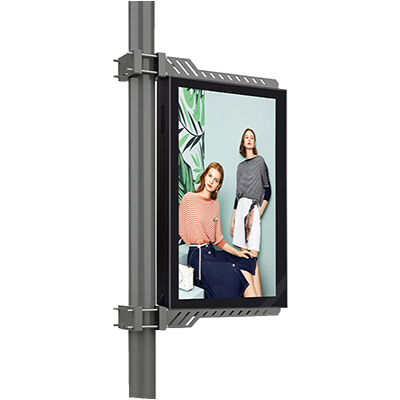


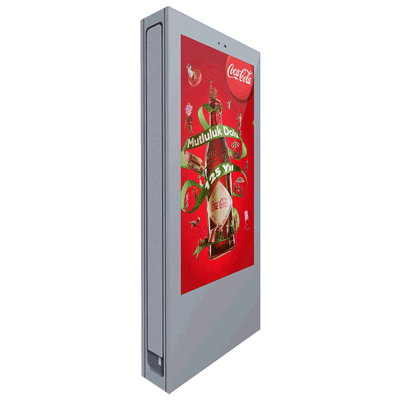




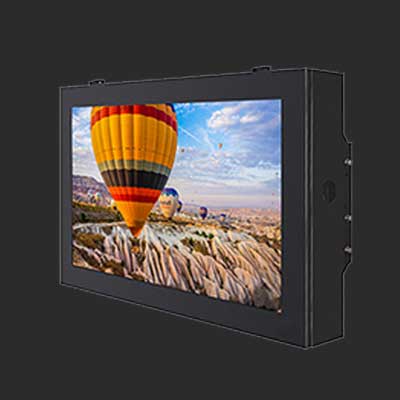
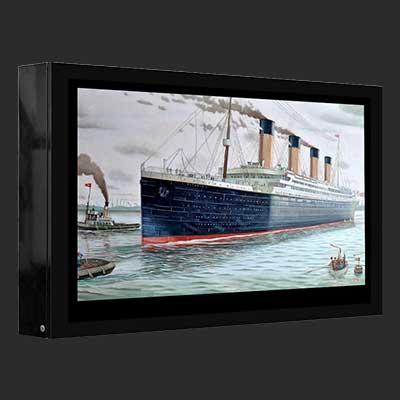
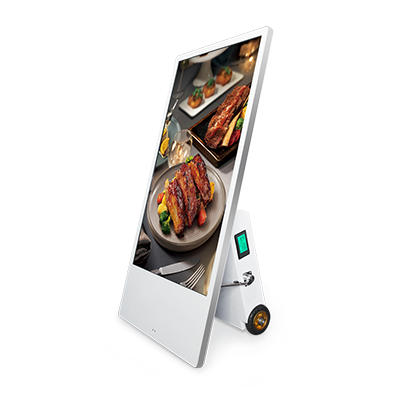







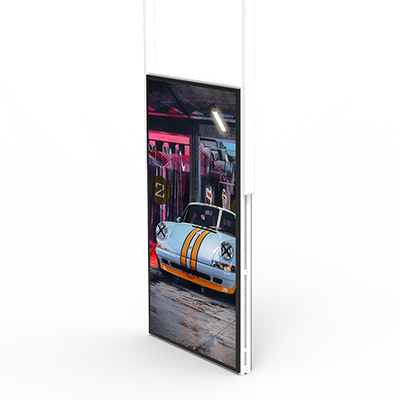



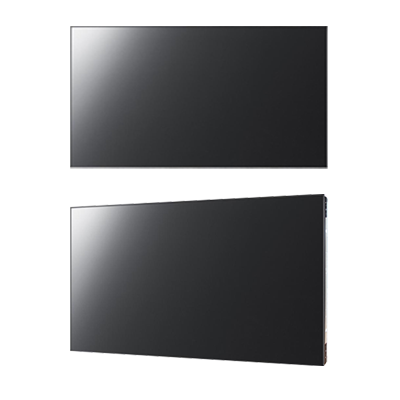


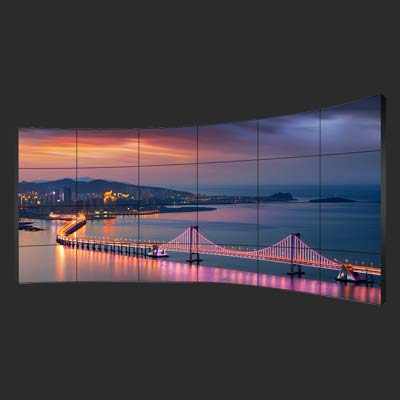

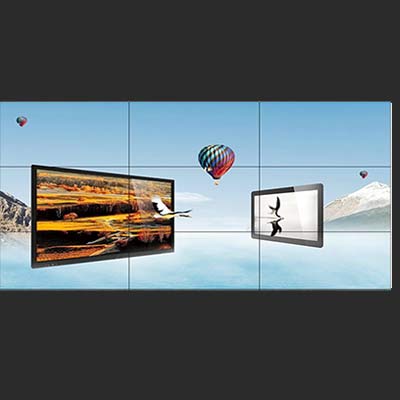
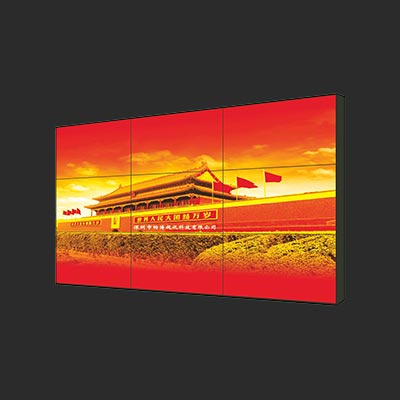


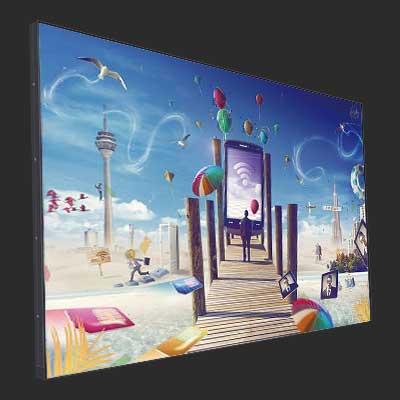










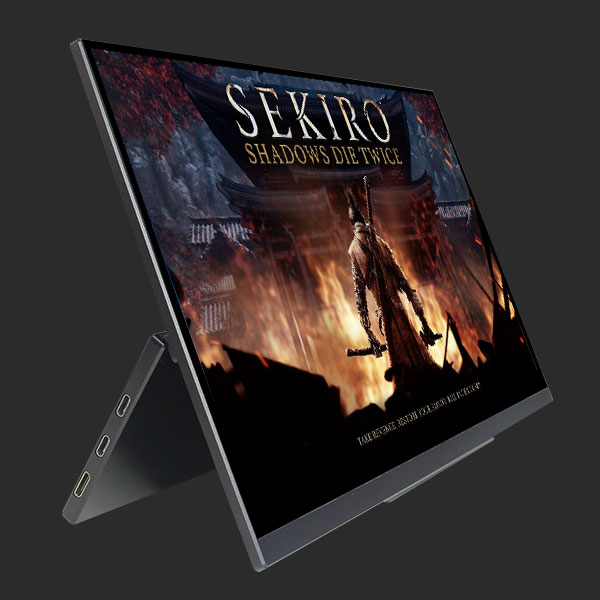


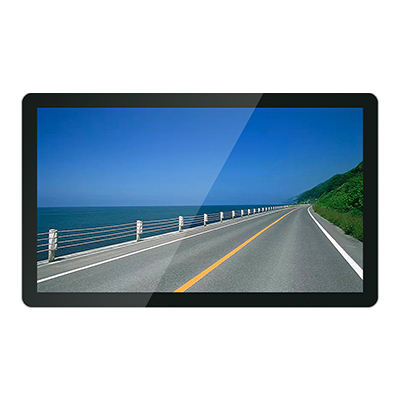
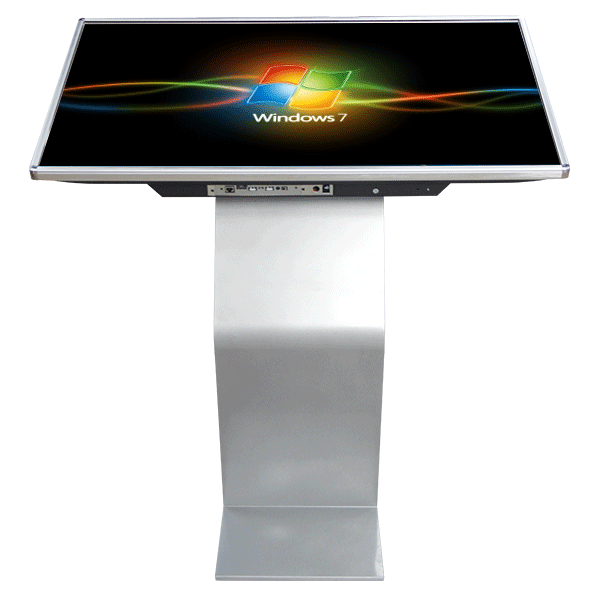
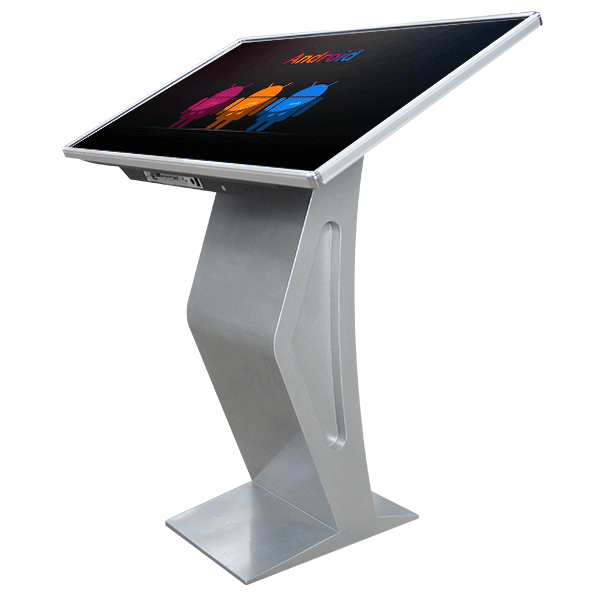
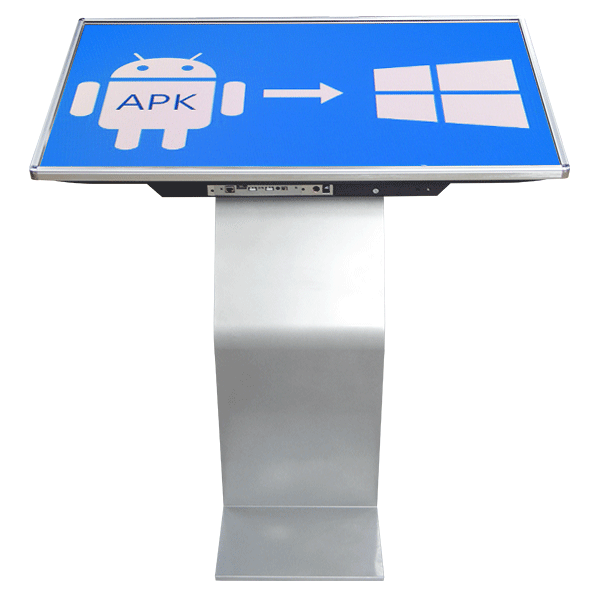
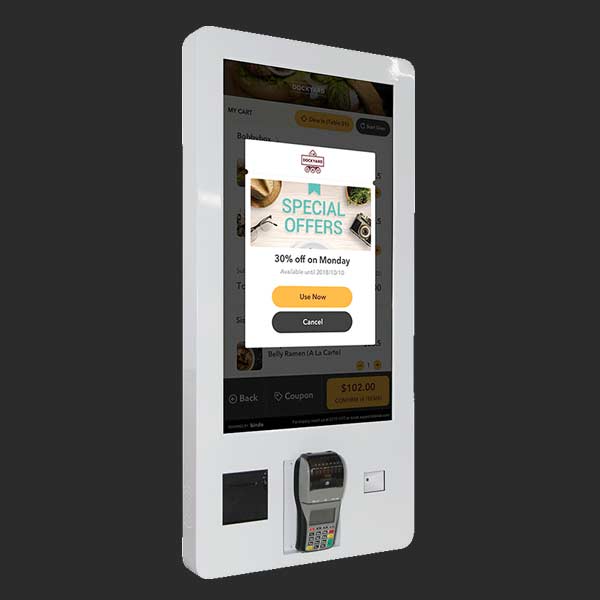
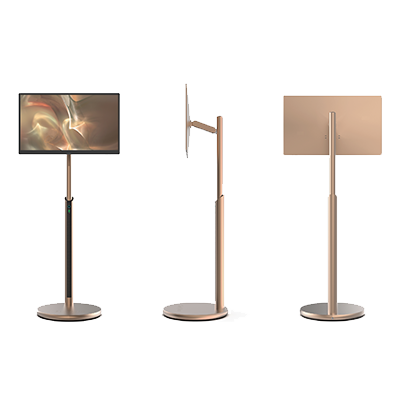


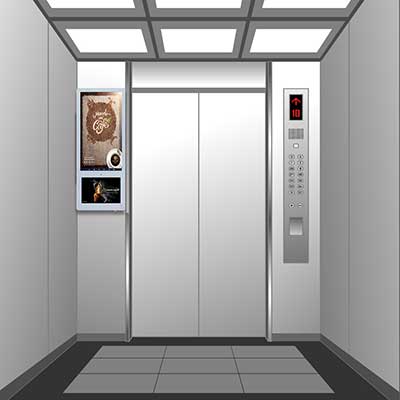

.png)


